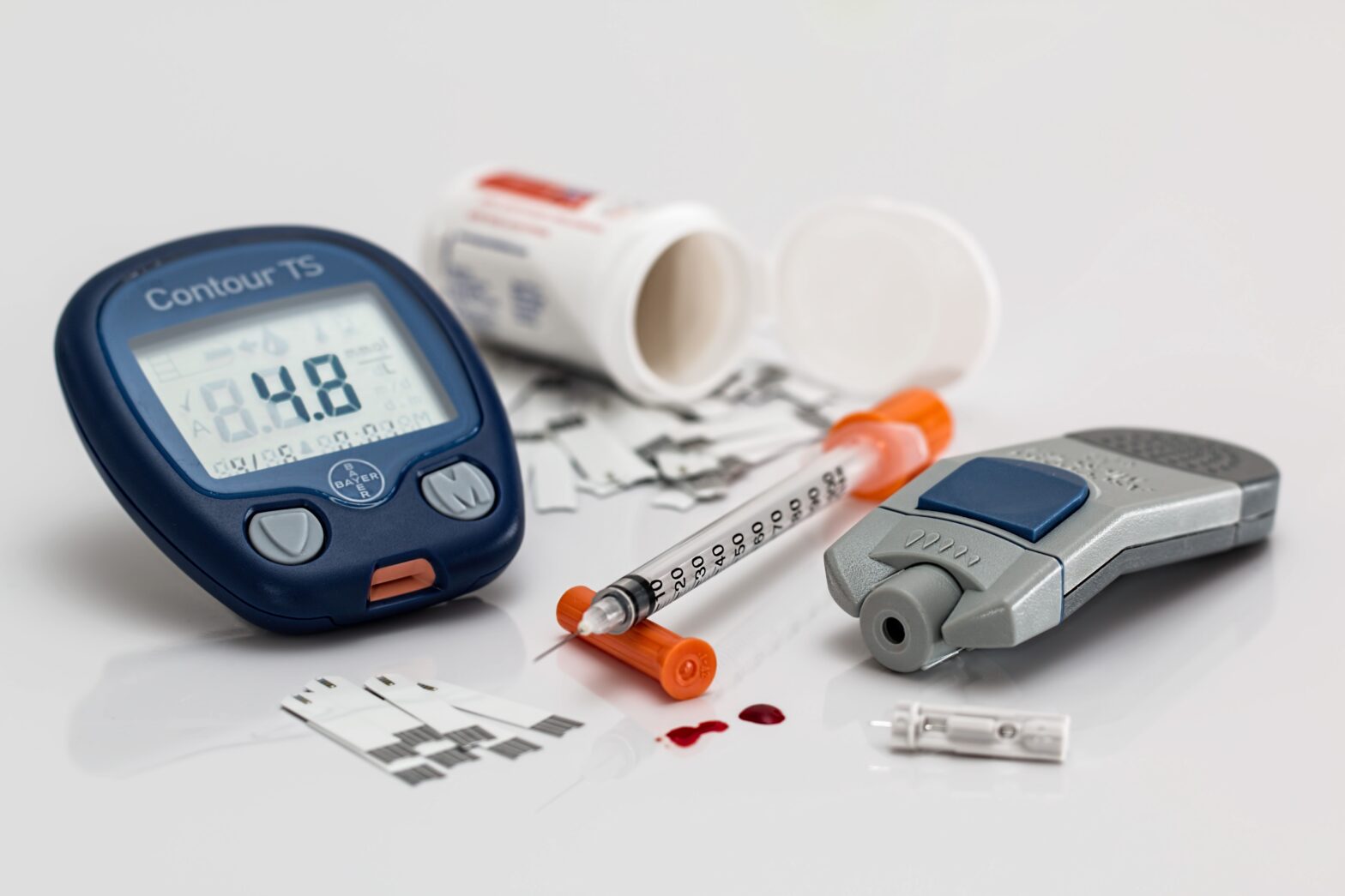Electrical Stimulation Therapy for Diabetic Foot Care: Is It Safe?
Electrical stimulation therapy (EST) has emerged as a promising treatment option for diabetic foot ulcers and neuropathy. However, many people with diabetes may wonder if this therapy is safe for their condition. In this article, we will explore the safety of EST for people with diabetes, drawing on research evidence and expert opinions.
Understanding Electrical Stimulation Therapy
EST involves the application of mild electrical currents to specific areas of the body. For diabetic foot care, EST is typically used to stimulate the nerves and muscles in the feet. This can help improve blood flow, reduce pain, and promote healing.
Electrical Stimulation Therapy: Safety Considerations for People with Diabetes
While EST is generally considered safe for most people, there are some factors to consider when it comes to individuals with diabetes:
- Nerve Damage: People with diabetes may have impaired nerve sensation in their feet due to diabetic neuropathy. This can make it difficult to detect changes in skin temperature or sensation during EST. It is important to work with a healthcare professional who is experienced in treating diabetic foot conditions to ensure that the intensity of the electrical stimulation is appropriate.
- Skin Integrity: If you have a diabetic foot ulcer or other skin condition, it is crucial to assess the skin’s integrity before undergoing EST. Open wounds or infections may require additional precautions to prevent complications.
- Blood Sugar Control: Maintaining good blood sugar control is essential for preventing complications associated with diabetes, including foot ulcers. EST should not be used as a substitute for proper diabetes management.
Research Studies on the Safety of EST for Diabetic Foot Care
Several research studies have investigated the safety and efficacy of EST for diabetic foot care. Here are three examples:
- A Randomized Controlled Trial: A study published in the Journal of Foot and Ankle Surgery compared EST to a sham treatment (placebo) for diabetic foot ulcers. The results showed that EST was safe and effective in promoting wound healing, with no serious adverse events reported.
- A Systematic Review: A systematic review of multiple studies examined the safety and efficacy of EST for diabetic neuropathy. The authors concluded that EST was generally well-tolerated and could help reduce pain and improve quality of life for people with diabetic neuropathy.
- A Case Series: A case series described the use of EST for a group of patients with diabetic foot ulcers. The authors reported that EST was safe and effective in promoting wound healing, even in complex cases.
Electrical Stimulation Therapy: Three Key Safety Findings from Research
- Low Risk of Adverse Events: Most studies have found that EST is associated with a low risk of serious adverse events.
- Well-Tolerated: Many patients report that EST is a comfortable and well-tolerated treatment.
- No Significant Side Effects: There is no evidence to suggest that EST can worsen diabetic neuropathy or other complications of diabetes.
Conclusion
Electrical stimulation therapy is a promising treatment option for diabetic foot ulcers and neuropathy. While it is generally considered safe for people with diabetes, it is important to consult with a healthcare professional to assess your individual needs and risks.
By working with a qualified provider and following appropriate safety guidelines, you can safely explore the benefits of EST for improving your foot health.
